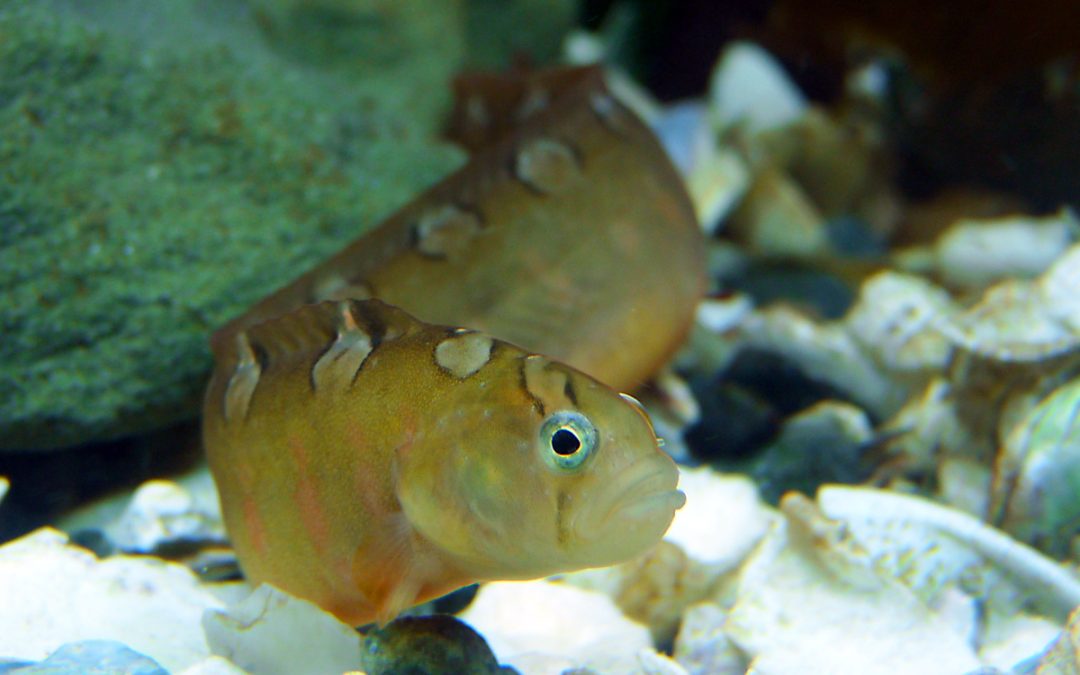
by David Young | Sep 2, 2024 | Fishes
Author: Allie Eaton Scientific Name: Pholis laeta Size Range: 25cm (10 inches) Identifying Features: Crescent Gunnels may be dark, olive green to a very bright orange. They have a series of distinct cresent shaped markings along their dorsal surface that may be...


